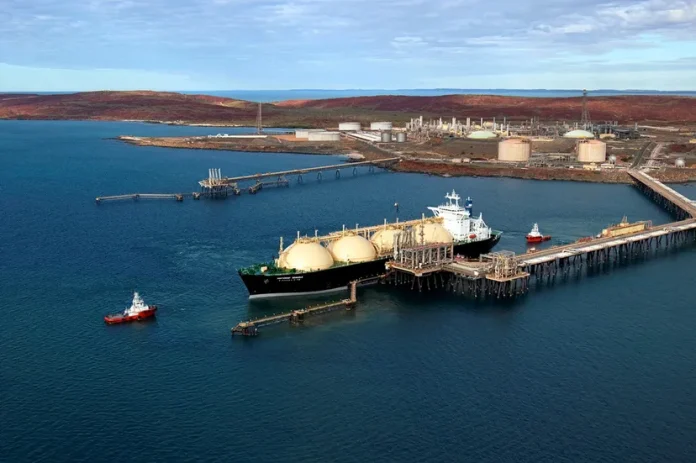Woodside Energy’s proposal to integrate a carbon capture and storage (CCS) scheme into its multibillion-dollar Browse gas megaproject has sparked backlash from environmental groups and political opponents, with the Australian Greens accusing the company of “greenwashing” the controversial initiative.
The Plan
Woodside aims to exploit the Brecknock, Calliance, and Torosa fields — Australia’s largest untapped offshore gas resources. To mitigate emissions, the company has proposed a CCS system to sequester up to 4 million tonnes of CO2 annually by injecting it into the Calliance storage formation, located 10 kilometers offshore and 4 kilometers below sea level.
Key design features include:
• Separation of CO2 from produced gas aboard two floating production, storage, and offloading (FPSO) vessels.
• Compression and transportation of CO2 to subsea injection wells.
• Up to seven injection wells to ensure system reliability.
Woodside claims the project could cut Scope 1 emissions by 47% (53 million tonnes), reduce emissions sent to North West Shelf (NWS) LNG facilities by an additional 9 million tonnes, and align with Australia’s net-zero transition goals.
The Backlash
Critics, including Greenpeace and the Greens, argue the CCS proposal poses significant environmental and technological risks:
1. Environmental Concerns
• Greenpeace uncovered government warnings about the risks of CO2 toxicity, potential leakage, seismic disruptions, and threats to endangered marine species like the green sea turtle, pygmy blue whale, and dusky sea snake.
• Greens Senator Sarah Hanson-Young described the project as an “environmental disaster in the making,” adding it endangers the pristine Scott Reef ecosystem.
2. Unproven Technology
• Critics have slammed the project for relying on CCS technology that has never been implemented offshore in Australia, citing cost, risks, and prior failures as barriers to success.
• Sophie McNeill, WA Greens spokesperson for fossil fuels, labeled the plan a desperate attempt to greenlight a “carbon-intensive, climate-toxic project.”
3. Regulatory and Transparency Issues
• The Greens have demanded an extension of the public consultation period and a full environmental assessment to ensure transparency and scrutiny of the risks.
• Public consultation closed on 16 January, sparking accusations of insufficient time for thorough review.
Woodside’s Defense
Woodside has defended the CCS plan as a “proven and mature technology” capable of reducing large-scale emissions. The company claims the Browse project is essential for supporting renewables and Australia’s economy during the transition to net-zero.
A Woodside spokesperson stated:
“The CCS infrastructure has been incorporated into the offshore design to capture and sequester reservoir CO2 emissions that would otherwise be vented.”
Challenges to Approval
Without CCS, the Browse Joint Venture — comprising Woodside, BP, MiMi (Japan Australia LNG), and PetroChina — would need to purchase offsets under Australia’s tightened Safeguard Mechanism, increasing project costs significantly.
The Browse JV has yet to make a final investment decision (FID) on the project, which would produce 11.4 million tonnes per annum of LNG, LPG, and domestic gas, transported via a 900-kilometer pipeline to Woodside’s NWS facilities in Karratha, Western Australia.

